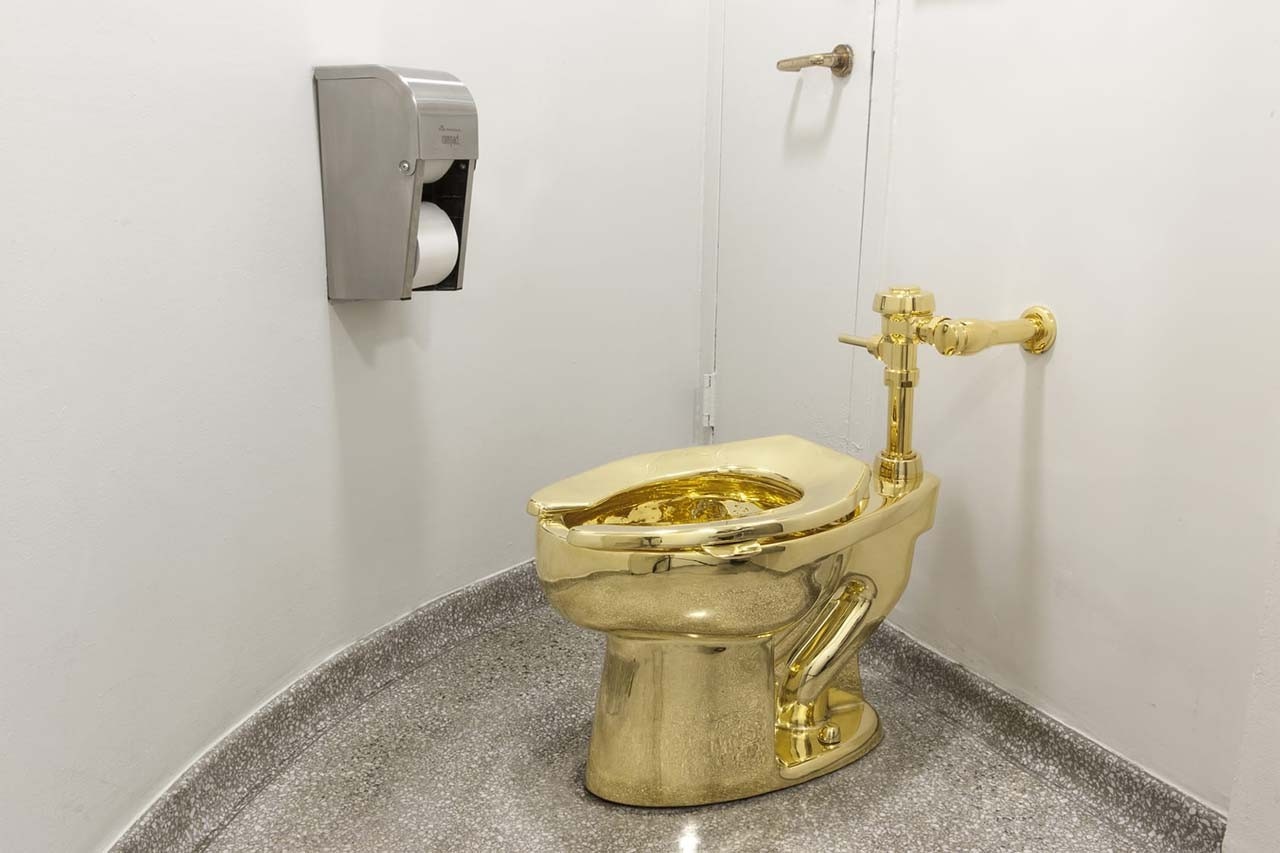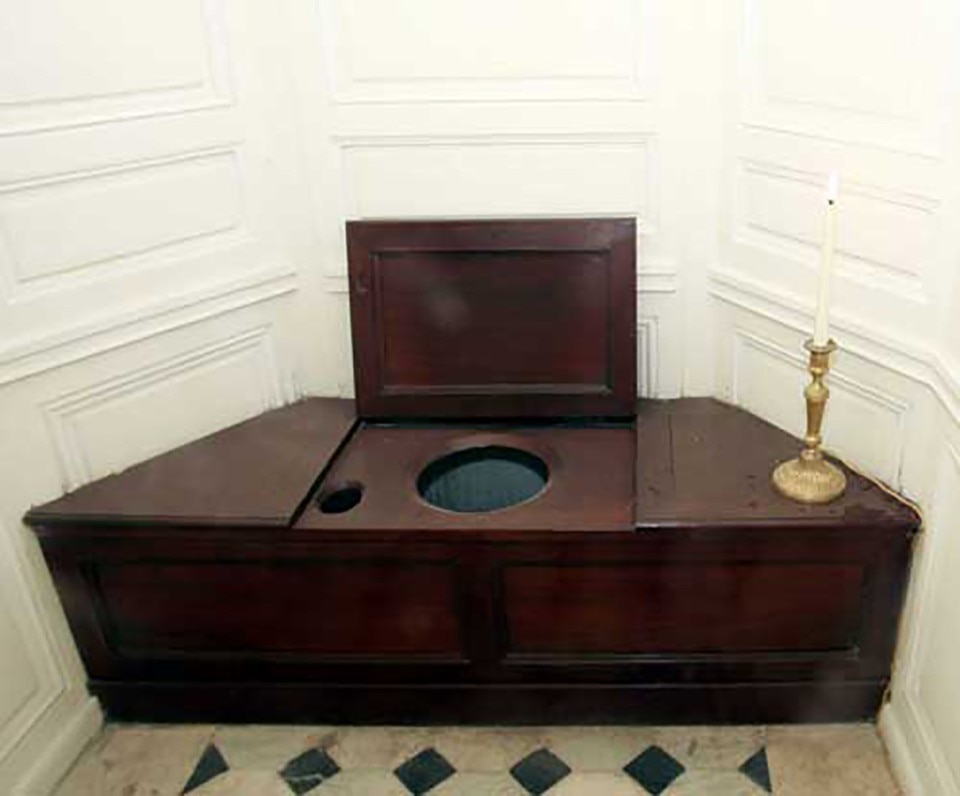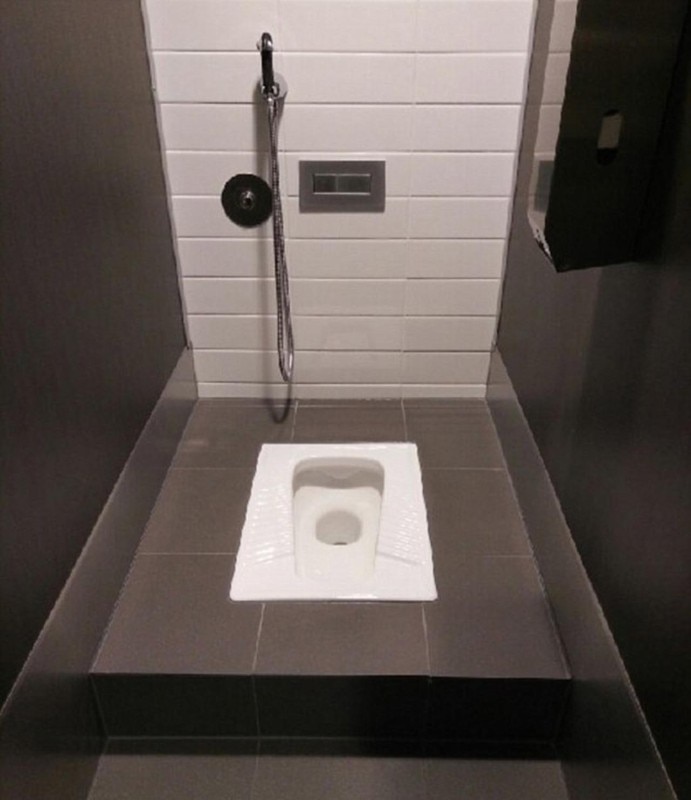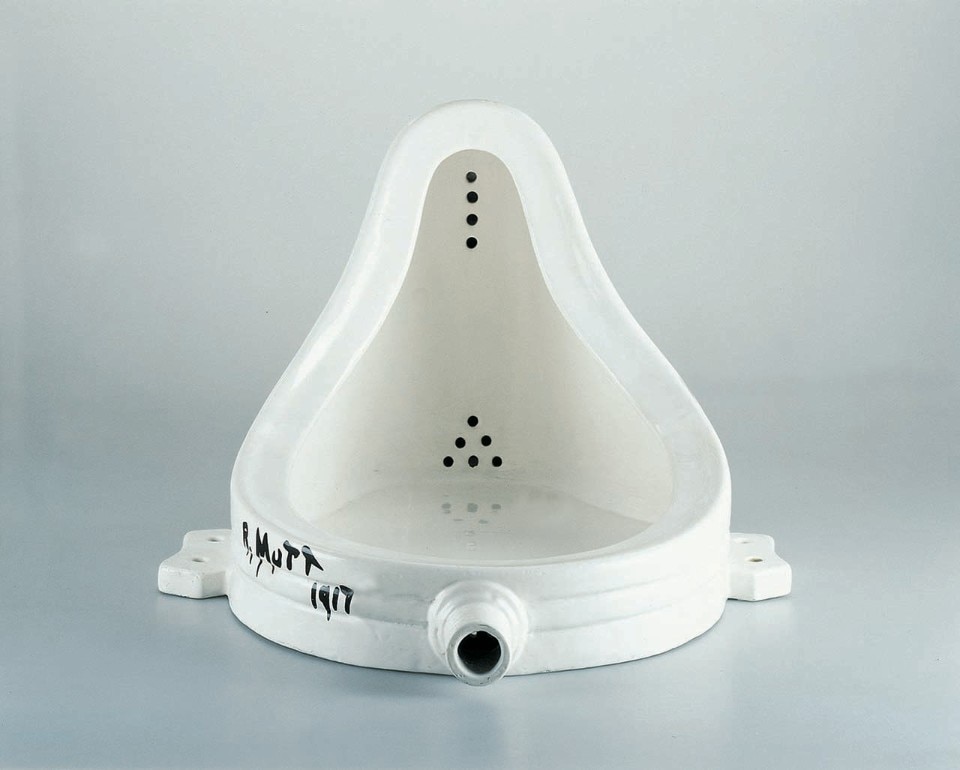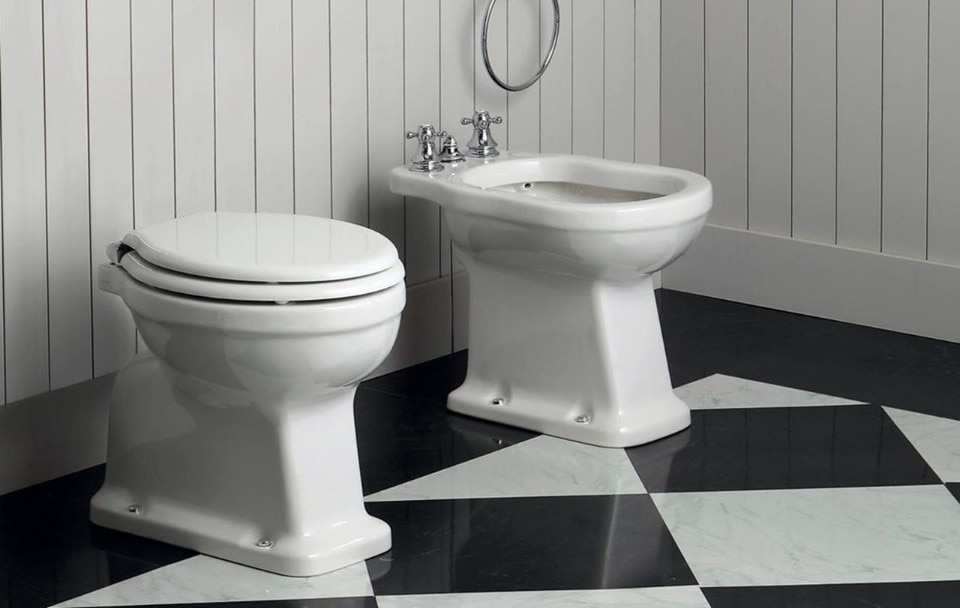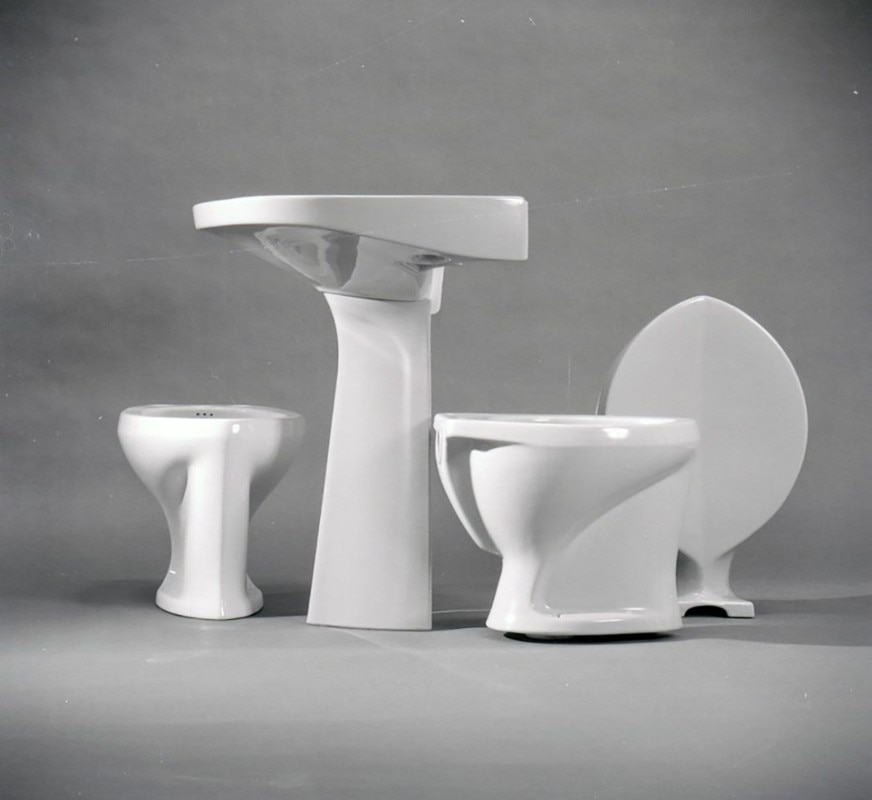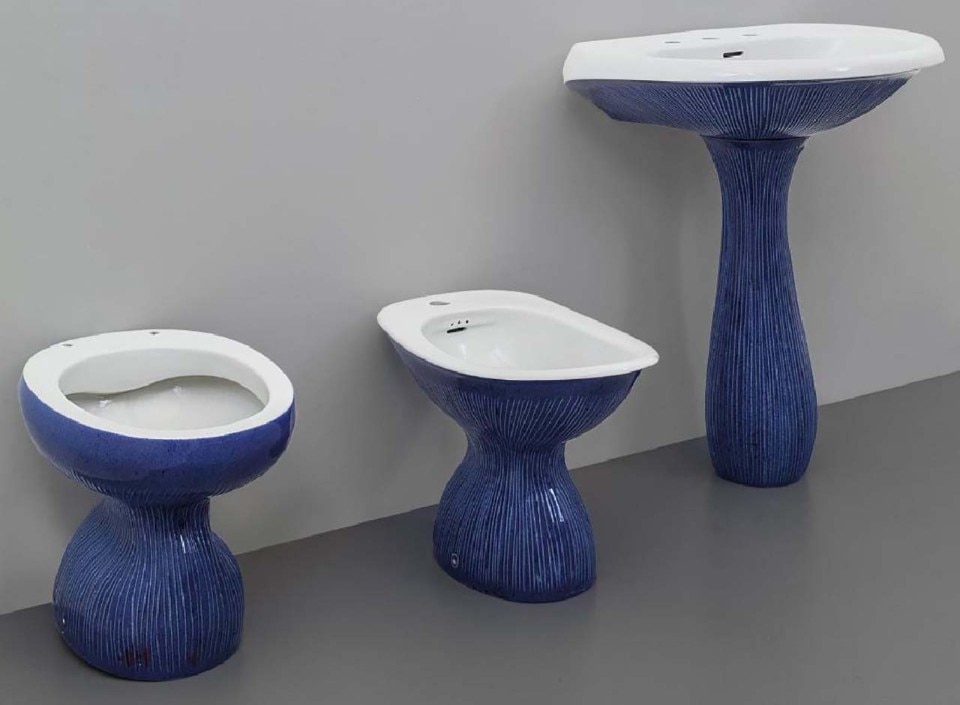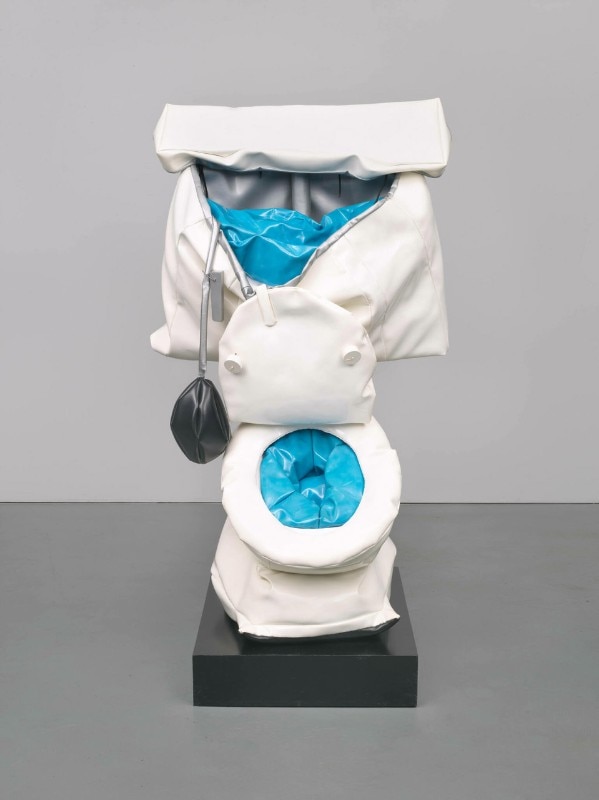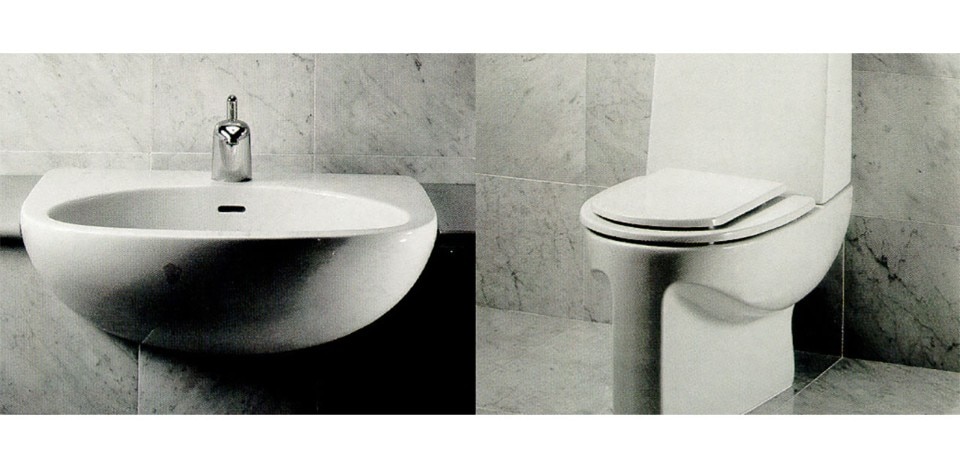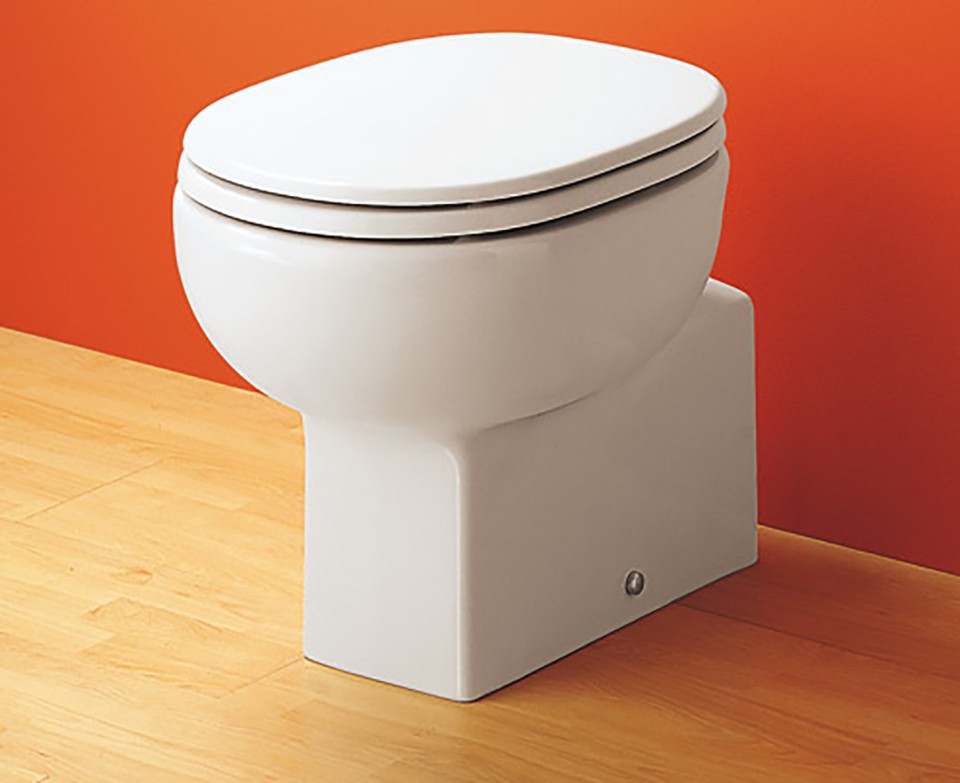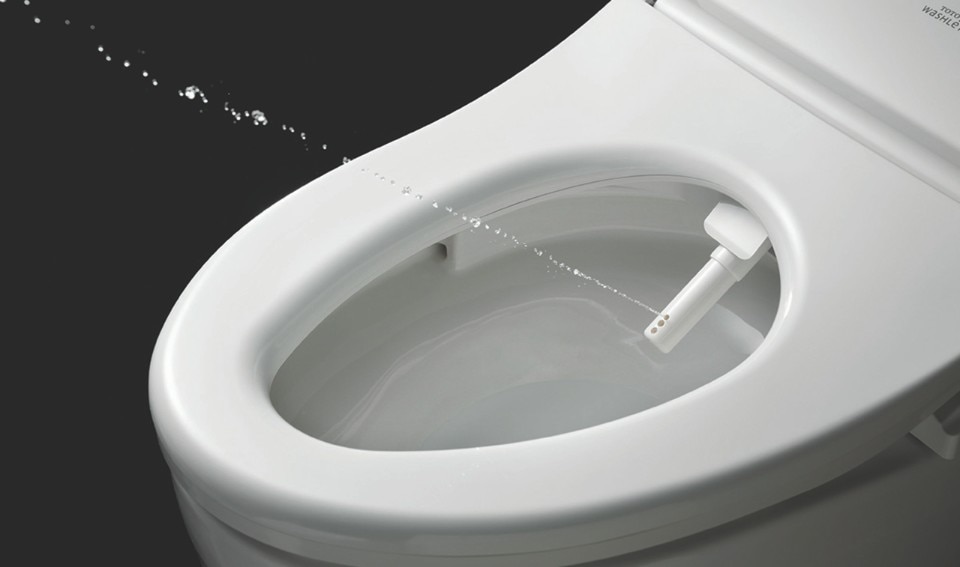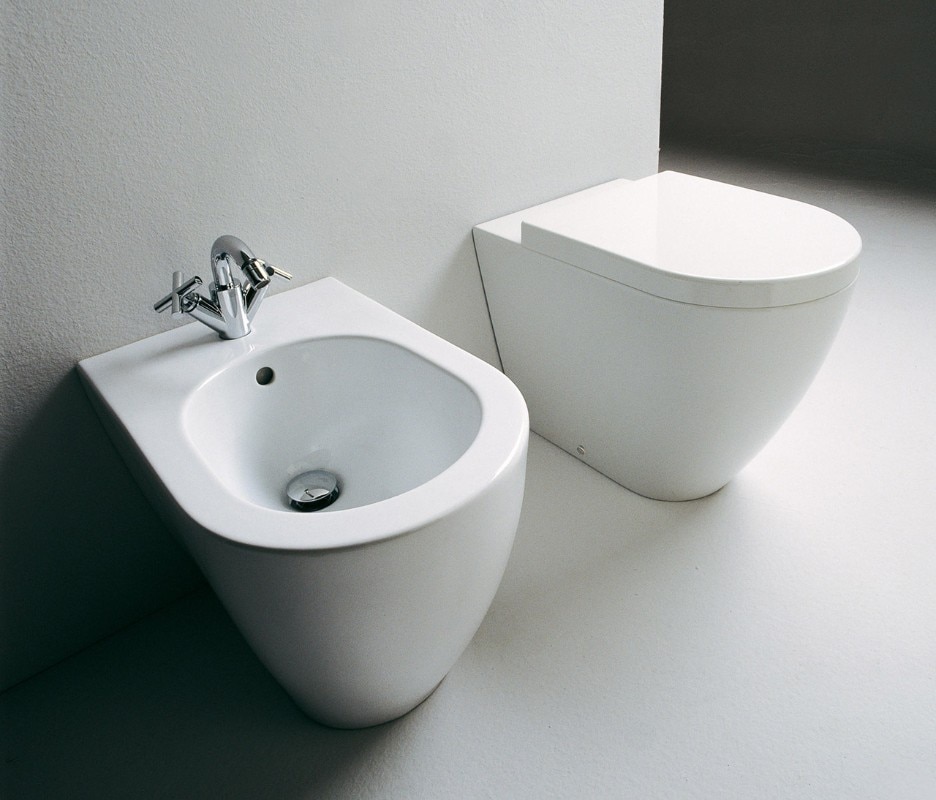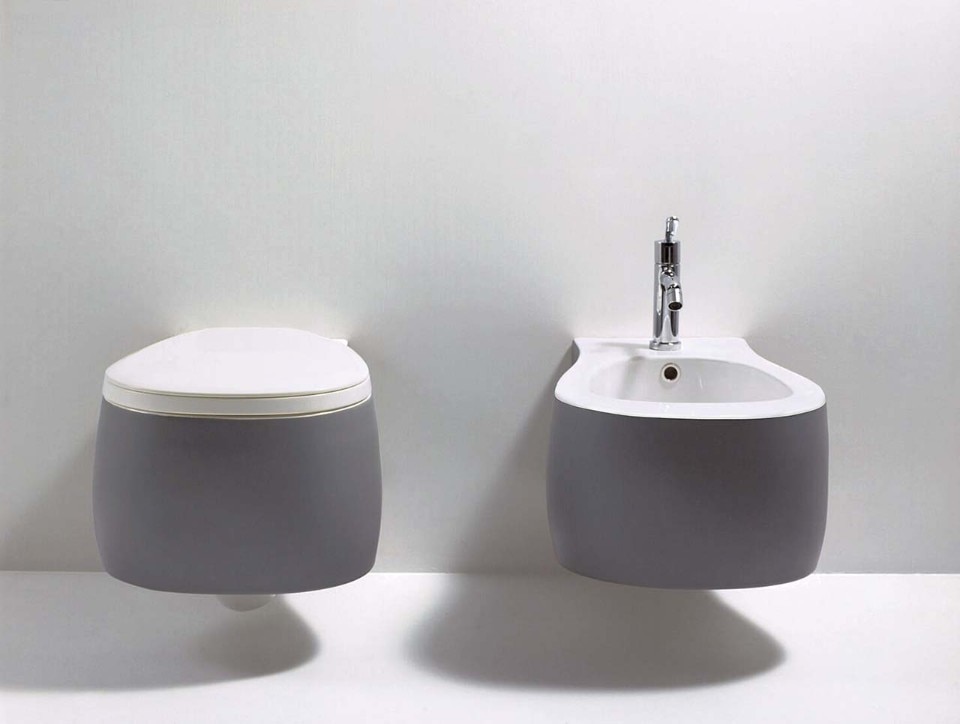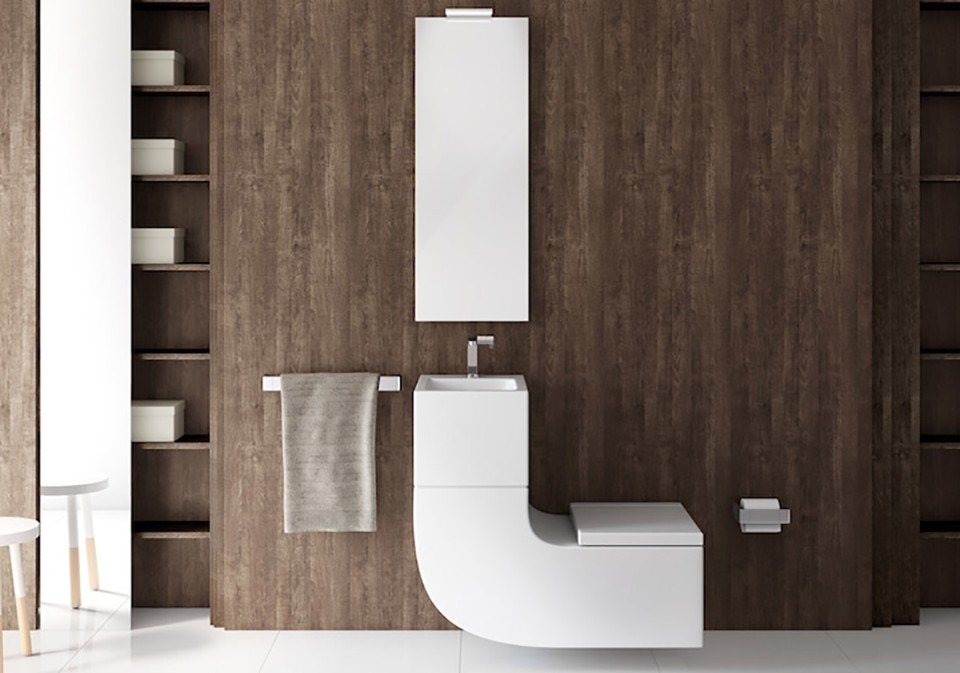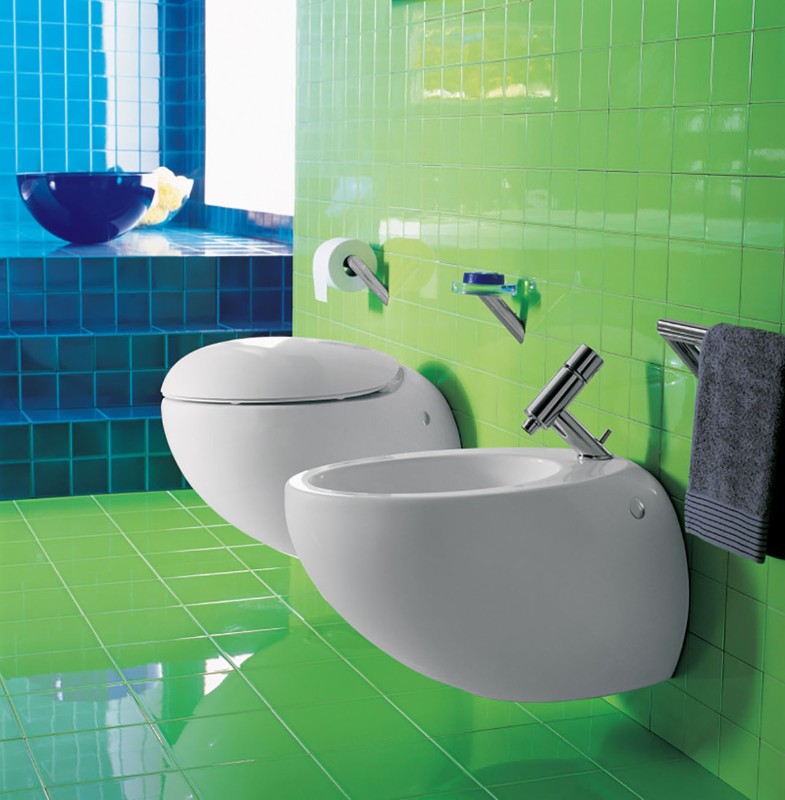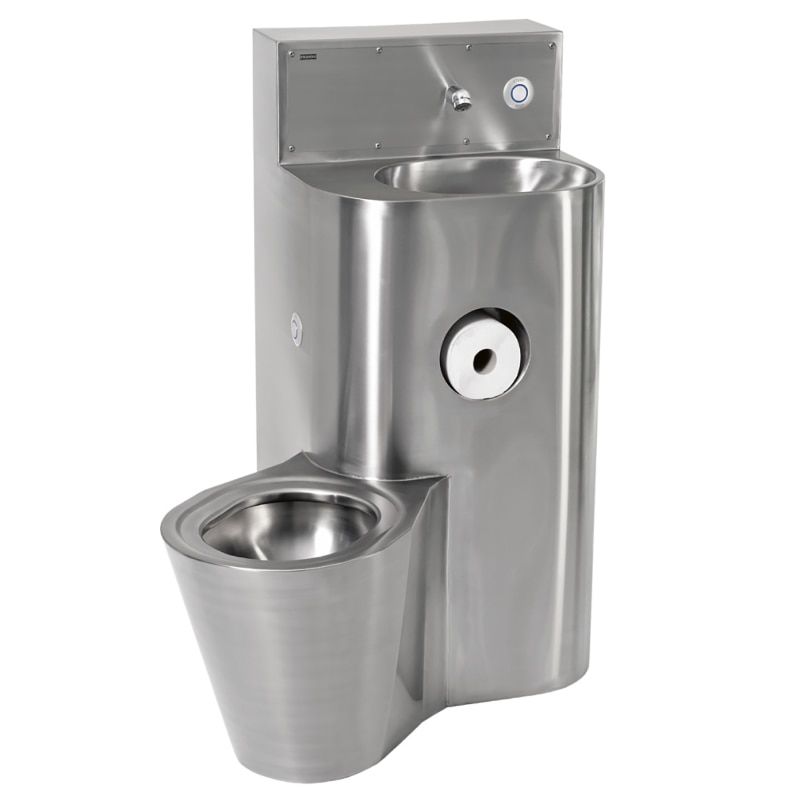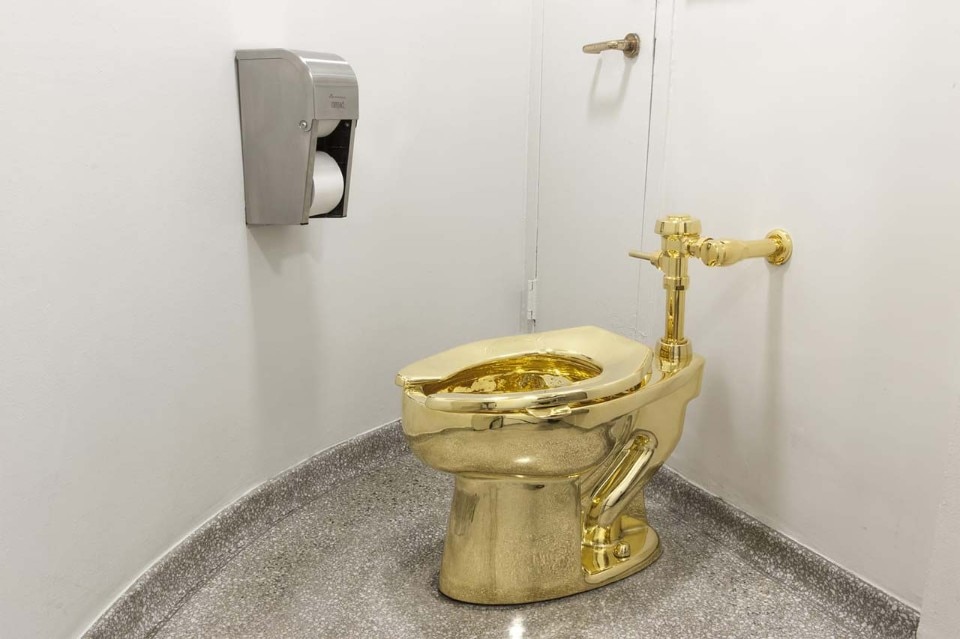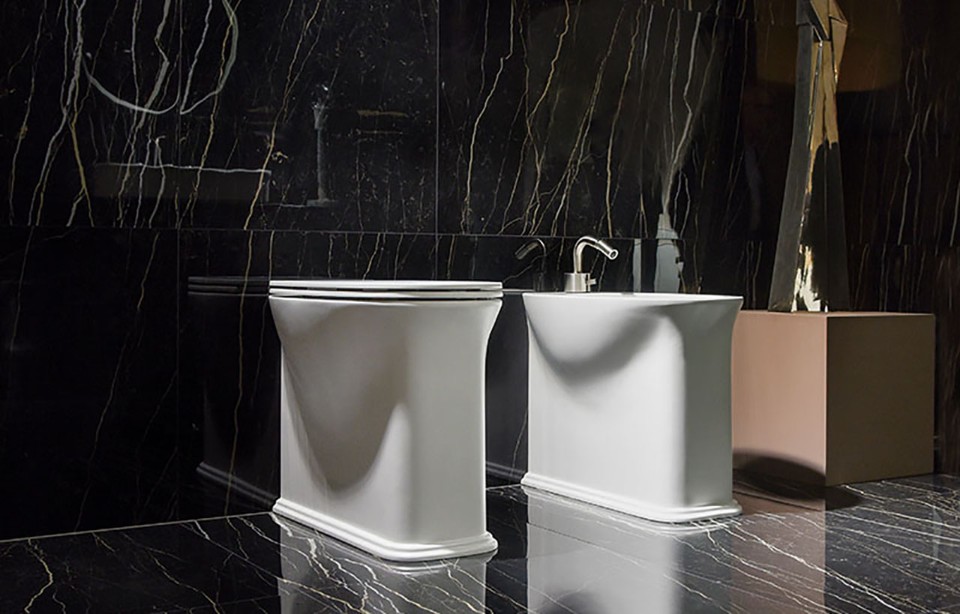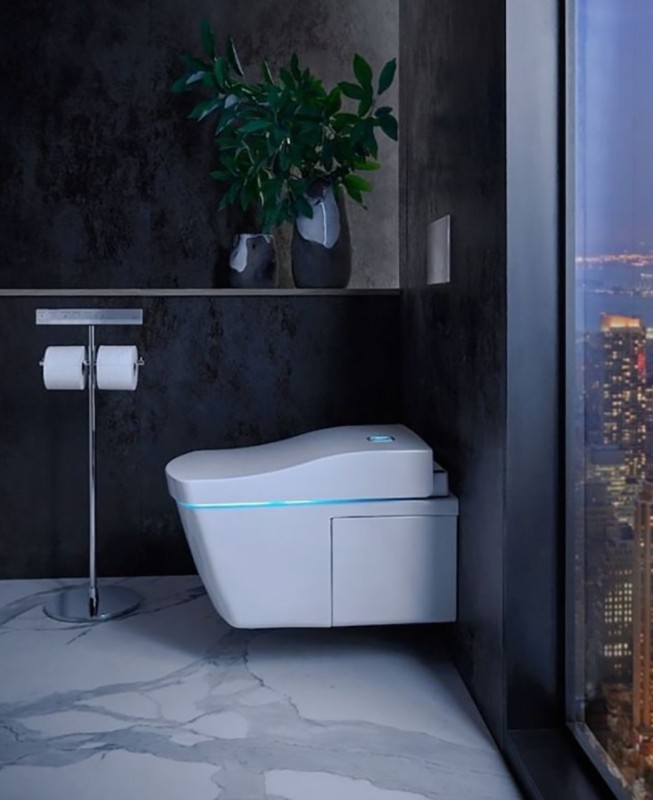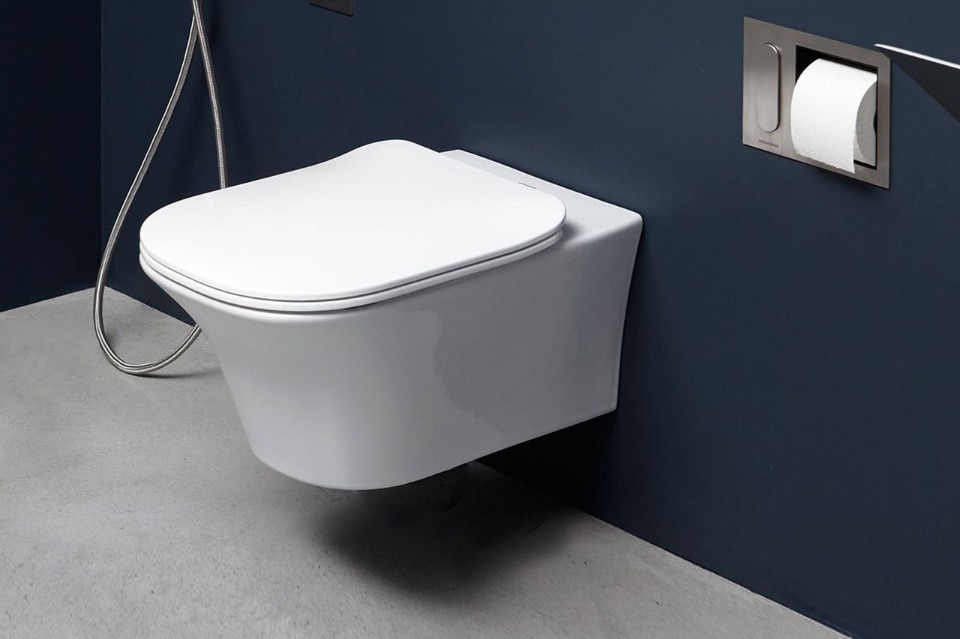It is a bit of a taboo subject, a discreet life companion, as much mistreated as it is kept out of sight, whose qualities and functions we never seem to appreciate enough. However, there can be no denying that we can hardly do without the water closet: a contradiction between the prosaic aura and the absolute intimacy that this place-object can generate, which lies at the root of the hidden iconicity of the toilet “bowl”.
The WC is a very recent achievement in human history. A sixteenth-century invention that became widespread in the nineteenth century, it has become over the last century a subject of experimentation in both the field of art history and design. The Ancient Romans, on their hand, had already invented a proto-version - the latrines in Ostia Antica, those marble benches with circular holes below the seat, one next to the other, give us an idea of how public and shameless the experience of urination and defecation must have been at that time, with only the toga to cover the body during the final act of digestion.
For centuries, if not millennia, it was the bedpan - sometimes hidden behind the door of a bedside table - that compensated for the absence of the WC. It was one of Elizabeth I’s godchildren, John Harrington, who came up with the idea for the first bedpan, which however did not appeal to the Queen, who banned its use throughout the kingdom. It was Alexander Cumming, a watchmaker, who finally invented the first flush toilet - the WC with a U-shaped pipe below the bowl which stopped the proliferation of foul smells by creating a sort of “seal” between the sewerage system and the bathroom. From England to France, the toilet reached every corner of the world - although we must remember that other populations, including the Turks, adopted different technical and formal solutions that were no less effective. With the creation of the city’s sewer system, the toilet became an inescapable presence in our daily lives and our private rituals of cleaning and taking care of our body, entering our imagination with a sculpted and absolute form, instantly recognisable.
Today, toilets have become increasingly technologically advanced, thus sublimating the experience of being on the toilet. The Japanese are well aware of this and have made a point of pride in accessorising the toilet - integrating sensors, bidets, seat warmers, remote control and even user profiles for the various members of the house - through their Washlet models. This shift seems to be aimed at rejecting the association of the WC with a residue to erase. This is not enough, however, to eliminate this association both from our psyche and the horizon of our material culture, if only because the durability of the material of which toilets are generally made, ceramics, risks surviving both our extinction and that of the homes we have lived in.


